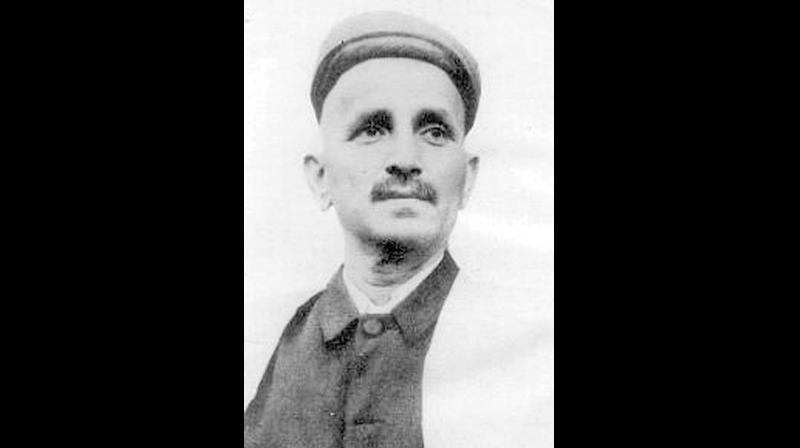Random notes: When Vishnu Bhatkhande criticised Carnatic music in South
The famed musicologist Vishnu Narain Bhatkhande (1860-1936) trashed Carnatic music on the concert platform.

The famed musicologist Vishnu Narain Bhatkhande (1860-1936) trashed Carnatic music on the concert platform as cacophonic after a visit to the South ostensibly on a mission to study the melakarta scheme, which must have inspired him in his efforts to codify Hindustani ragas. Bhatkhande had said, “In the South, the emphasis on talas has diminished the wonder of melody... all singing here is bound to each beat of the tala. There is a jerk per matra (beat) and this ‘yaiyy yaiyy’ style of singing -if they sing like this then I will in all honesty rate their style quite low. If you calculate the number of beats between two avartans (cycles) and if you emphasise through jerks each beat while waiting for the next one and then pounce on it like a hungry cat, I honestly cannot find such music appealing.. This is my honest opinion and singers here will not be happy with it nor do I expect them to be... They will say their music is popular, but popular music is not necessarily good music.”
Bhatkhande however greatly admired the Carnatic music system, faulting only its practitioners of his time. He was no exception, as to this day, many Hindustani musicians and music lovers have little or no interest in Carnatic music. Down south, too, the reverse situation usually prevails, but a quite a few Carnatic musicians enjoy listening to Hindustani music, and venture into bhajans, abhangs and the like in the latter part of their concerts, some of them even treating Hindustani ragas exhaustively.
We all know that several south Indians have mastered Hindustani music enough to become accomplished artistes in that genre. If Parur Sundaram Iyer taught Hindustani musicians the violin, he also made sure that his offspring learnt both systems, with MS Gopalakrishnan becoming the equal of any Hindustani musician in addition to climbing great heights in south Indian violin. N Rajam, her daughter Sangeeta, niece Kala Ramnath and granddaughters are a superb presence in the Hindustani music scene.
Over the decades, there have been so many outstanding southern practitioners of north Indian classical music, including the many sterling sons and daughters of Dharwar that have enriched it. Though many lovers of Carnatic music are not interested in Hindustani music, I believe there are many more listeners to both branches of Indian music in the south, rather more in the other southern states than in Tamil Nadu, but even here than there are Hindustani music aficionados keen on Carnatic music.
The Music Academy and the major sabhas have always been open to music from other parts of India and the globe, have through the years invited artists and scholars of every persuasion possible to perform and lecture here. It is therefore disappointing when some of these stalwart promoters of the art speak dismissively of music other than Carnatic music. I was recently involved in a discussion on how to take Carnatic music to the people with a group of experts who have been doing yeoman service in the field for a long time. It was a fruitful, engaging conversation, until a false note was struck by the most outstanding contributors to this worthy initiative.
Both of them concurred that it was impossible to listen to Hindustani music for more than five minutes, as it had nothing worthwhile to offer. Ironically, some of the Carnatic musicians these two admire, even worship, are great fans of Hindustani and other systems of music across the globe and have often adapted Hindustani ragas beautifully in their own music making.
For me, it was depressing to realise that the divide between connoisseurs of music on both sides continues to be so prominent even in this day and age of wonderful cross-cultural exchanges everywhere.
